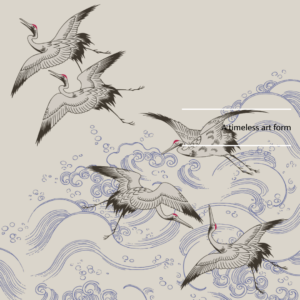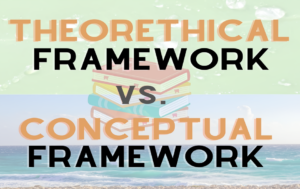How do you identify research gap? Are you a researcher or a student venturing into research? Well, one key challenge most people face in research is how to identify a research gap. Identifying a research gap is essential for any researcher, including first-year university students. A research gap is where literature doesn’t fully answer questions or has inconsistencies. Here’s how you can easily identify a research gap.
Conduct Preliminary Research
Start by getting familiar with the existing literature in the area of your interest. Read research articles, books, and relevant sources to understand the current state of knowledge in the field.
Define Your Research Area
Clearly define the scope of your research area. Be specific about the topic or aspect you’re interested in exploring. This will help you narrow down your focus and identify gaps more effectively.
Compare and Contrast Studies
As you read through the literature, pay attention to similarities and differences among studies. Identify patterns, conflicting findings, or areas where researchers seem to disagree. These inconsistencies can point to potential research gaps.
Look for Unanswered Questions
Keep an eye out for questions that studies still need to address or answer fully. These questions may arise from limitations in methodologies, incomplete data, or a lack of research attention.
Identify Contradictions or Inconsistencies
Note instances where different studies have conflicting findings or interpretations. These inconsistencies indicate areas where more research is needed to reconcile the discrepancies.
Assess Practical Implications
Consider whether the existing research has practical applications or real-world implications. If there are gaps between theoretical knowledge and practical implementation, your research could bridge that gap.
Look for Emerging Trends
Investigate whether there are emerging trends, technologies, or changes in the field that existing literature might need to address adequately. These new developments often lead to research gaps.

Consider New Contexts or Perspectives
Think about how your research area might intersect with other disciplines, cultures, or contexts. These intersections can reveal unexplored avenues that constitute research gaps.
Reflect on Your Questions
Your own questions and curiosities can also lead you to research gaps. If you find yourself asking, “Why hasn’t anyone studied this?” or “What if we looked at it from this angle?” you might be onto a research gap.
Related articles:
Excelling Academically: 10 Essential Tips for University Students
Academic Research Writing: Write Like a Pro!
10 Things That Can Make Your College Life Less Stressful
7 Effective Ways to Deal with Social Media Pressure as a Student
The Art of Effective Learning: Study Smarter Not Harder
Engage with Experts
Discuss your ideas with professors, mentors, or peers who are knowledgeable in the field. They can suggest new areas of study or bring attention to neglected topics.
Read Review Articles
Articles often found in journals summarize and critique existing literature. These articles can help you identify gaps by highlighting what has been covered and what areas need more attention.
Use Gap Statements in Literature
Some research articles explicitly mention gaps or limitations in the conclusions or future research sections. These statements can be valuable clues for identifying research gaps.
Remember, identifying a research gap requires a combination of careful reading, critical thinking, and a curious mindset. A research gap doesn’t have to be a complete absence of information; it can also be a space for more depth, clarity, or analysis. As you continue your academic journey, your ability to spot and address research gaps will develop and become an integral part of your research process.













